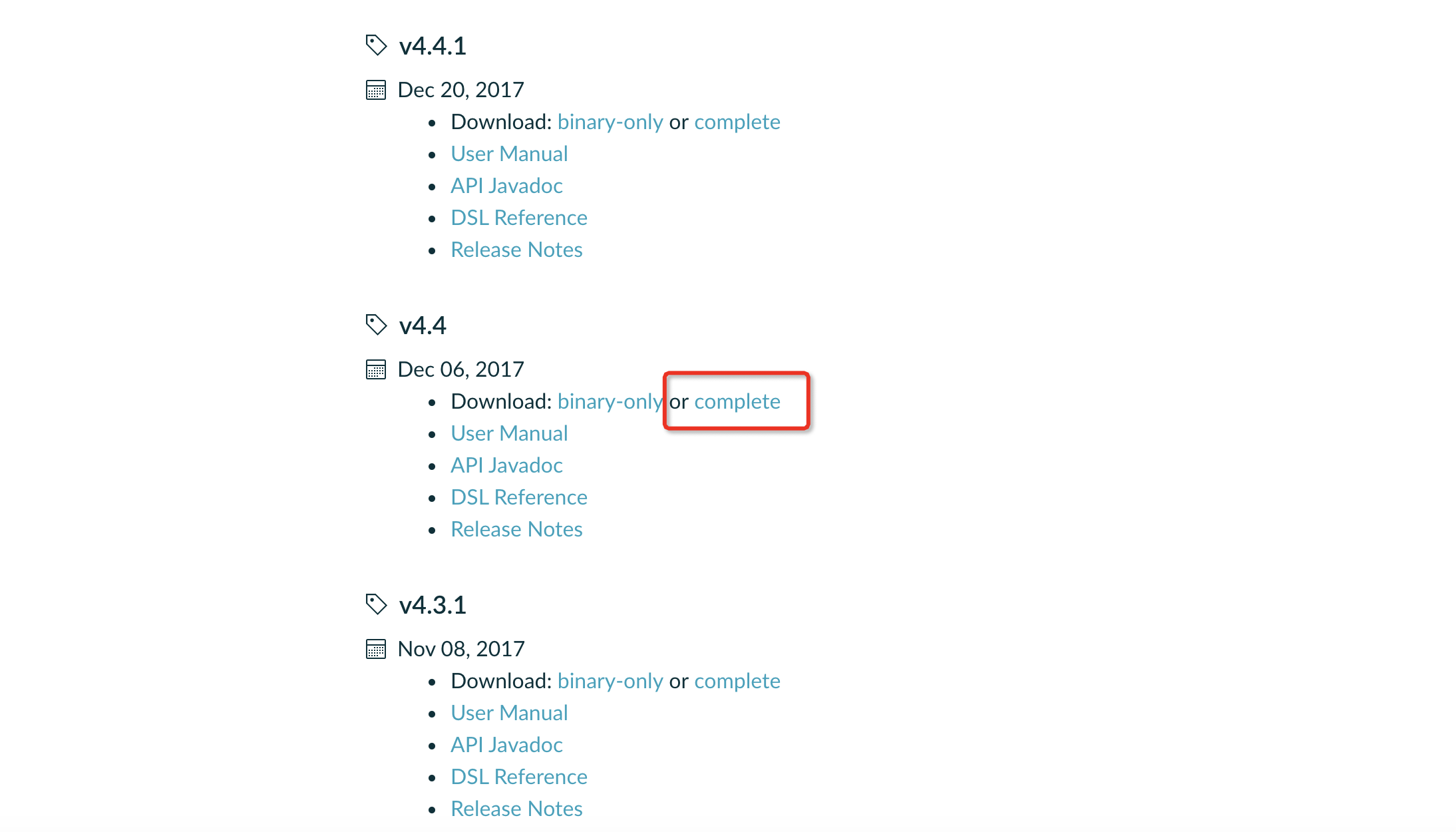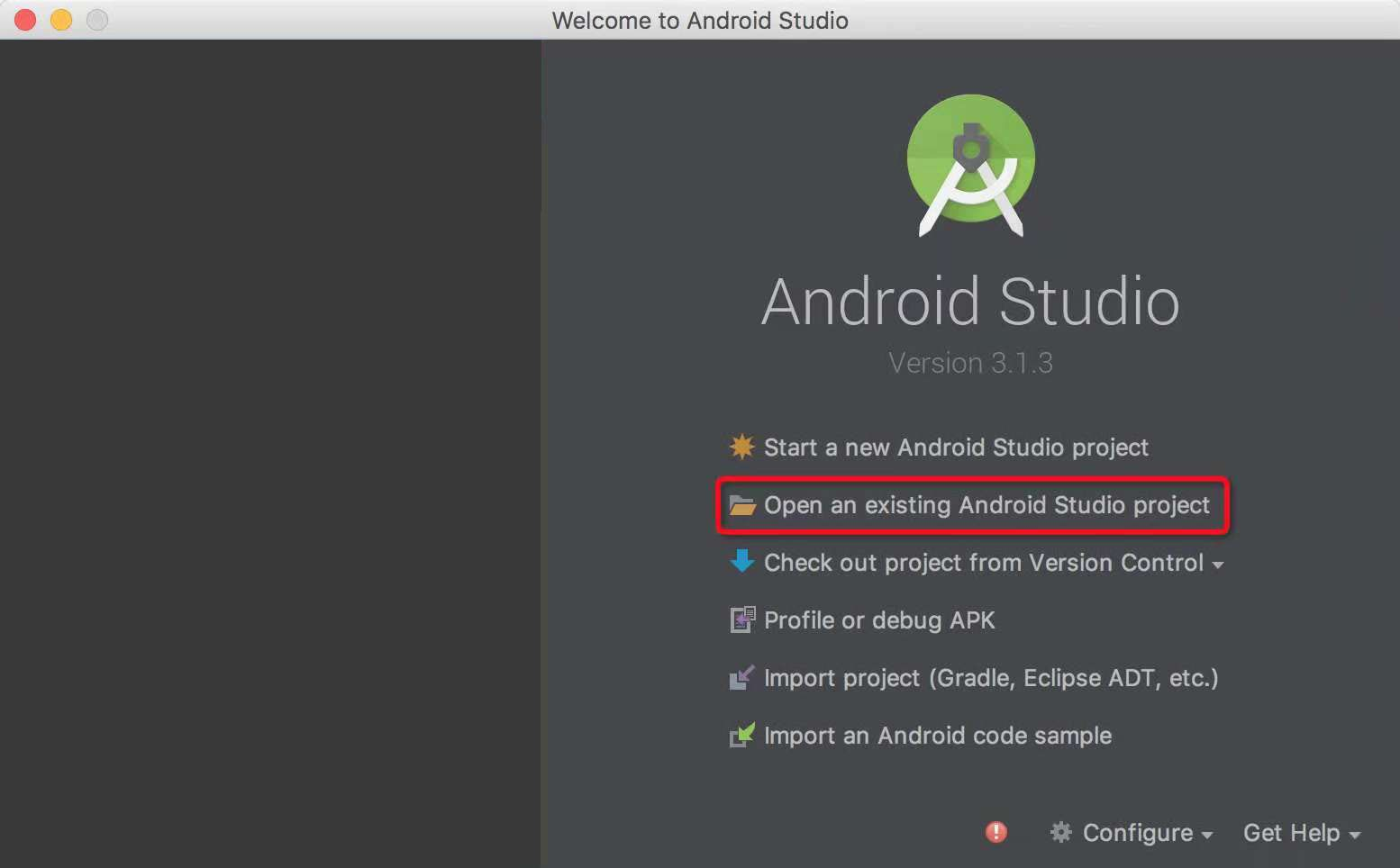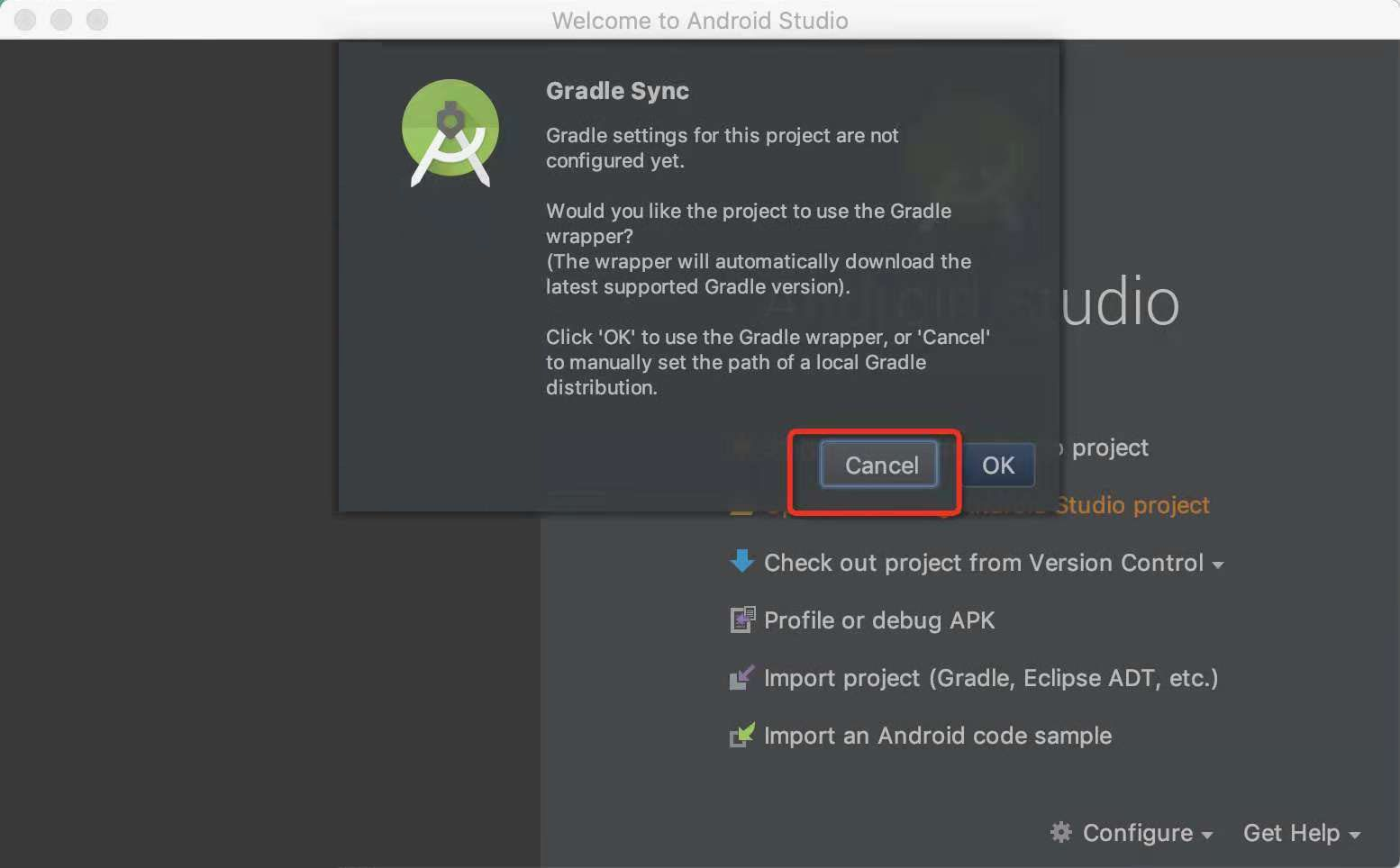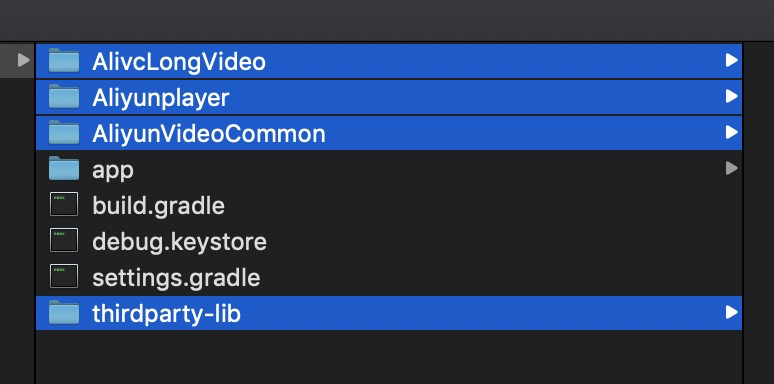The following table lists mandatory requirements.
Background information
Environment requirements
| Name | Requirement |
|---|---|
| Android system version | Android 4.0 or later |
| Android API version | API 14 or later |
| CPU architecture support | ARM64 and ARMv7 |
| Integrated tool | Android Studio |
The following table lists optional requirements that provide reference for developers who compile and run the source code. These requirements are used in the development environment to develop the demo.
| Name | Requirement |
|---|---|
| Android Studio version | 3.1.3 |
| JRE | 1.8.0_152-release-1024-b01 x86_64 |
| JVM | OpenJDK 64-Bit |
| Gradle version | gradle-4.4-all |
| Gradle plug-in version | com.android.tools.build:gradle:3.0.1 |
Demo download
Click SDK download. On the download page, find and download the target source code package in the Download
link column of the LongVideo source code table.
Directory structure

The following table lists the modules contained in the LongVideo source code package.
| Name | Description |
|---|---|
| AlivcLongVideo | The module that contains the code related to building a LongVideo application. |
| Aliyunplayer | The module that contains the ApsaraVideo Player SDK. |
| AliyunVideoCommon | The public module that contains some utility classes. |
| thirdparty-lib | The module that contains dependent third-party libraries required by the demo. |
SDK
The following table lists the AAR packages for the ApsaraVideo Player SDK.
| Name | Description |
|---|---|
| AliyunPlayer-xxx-full.aar | The AAR package that contains all libraries required by ApsaraVideo Player. |
| AliyunPlayer-xxx-part.aar | The AAR package that contains the core libraries required by ApsaraVideo Player. |
If the project only integrates the ApsaraVideo Player SDK, use the AliyunPlayer-xxx-full.aar package.
If the project integrates both the short video SDK and the ApsaraVideo Player SDK, use the AliyunPlayer-xxx-part.aar package.
You can also integrate the SDK by using the Gradle package.
implementation 'com.aliyun.sdk.android:AliyunPlayer:4.7.0-part'implementation 'com.aliyun.sdk.android:AliyunPlayer:4.7.0-full'
For more information, see New Player SDK: Integration.
Project compilation
Step 1: Download Gradle
Go to the Gradle official website. On the download page, download the distribution
package of Gradle 4.4 required by the compilation environment to a local directory.
Then, decompress the downloaded package.
Step 2: Import a project
Open Android Studio. On the homepage, click Open an existing Android Studio project
to import the ApsaraLongVideo project from the /demo directory of the downloaded demo.
Step 3: Configure local Gradle settings
- Click Cancel to disable the Gradle wrapper.

- Select the local directory where the Gradle distribution package is decompressed in
Step 1 as the directory of the local Gradle distribution.

Step 4: Compile and run the project
After the compilation, click Run to generate an .apk file and install it on a mobile phone that meets specified hardware requirements.Tips: The demo can run properly on physical devices, but cannot run on virtual machines currently.
Demo integration
Step 1: Copy objects
Copy the objects shown in the following figure to the root directory of the project.
Step 2: Configure Gradle settings
- Run the following code to configure Gradle settings for the app folder:
buildscript {
repositories {
google()
jcenter()
maven { url "http://maven.aliyun.com/nexus/content/repositories/releases" }
// The maven URL of the project.
maven { url 'http://4thline.org/m2' }
}
apply from: 'thirdparty-lib/config.gradle'
dependencies {
classpath externalAndroidBuildGradlePlugin
}
}allprojects {
repositories {
google()
jcenter()
maven { url "http://maven.aliyun.com/nexus/content/repositories/releases" }
// The maven URL of the project.
maven { url 'http://4thline.org/m2' }
flatDir { dirs 'src/main/libs' }
}
}- Run the following code to download Gradle of a specified version:
distributionUrl=https\://services.gradle.org/distributions/gradle-4.4-all.zip- Add the following code tothe settings.gradle file:
include ':AliyunVideoCommon'
include ':Aliyunplayer:AlivcPlayerTools'
include ':AlivcLongVideo'
include ':AliyunVideoCommon'- Run the following code to configure the build.gradle file in the app folder:
implementation project (':AlivcLongVideo')
implementation project (':AliyunVideoCommon')
implementation project (':Aliyunplayer:AlivcPlayerTools')
implementation externalAndroidAppCompatV7
implementation externalAndroidSupportV4
implementation externalAndroidRecyclerView
implementation externalGSON
implementation externalOKHTTP
implementation externalAndroidMultiDex- Note: If an error is reported as shown in the following figure, add the packagingOptions configuration code to the build.gradle file in the app folder.
android {
defaultConfig {
...
}
buildTypes {
...
}
packagingOptions {
exclude 'META-INF/beans.xml'
}
}
Step 3: Add permissions
<uses-permission android:name="android.permission.CHANGE_WIFI_MULTICAST_STATE" />
<uses-permission android:name="android.permission.INTERNET"/>
<uses-permission android:name="android.permission.VIBRATE"/>
<uses-permission android:name="android.permission.RECORD_AUDIO"/>
<uses-permission android:name="android.permission.CAMERA"/>
<uses-permission android:name="android.permission.ACCESS_NETWORK_STATE"/>
<uses-permission android:name="android.permission.MOUNT_UNMOUNT_FILESYSTEMS"/>
<uses-permission android:name="android.permission.ACCESS_FINE_LOCATION"/>
<uses-permission android:name="android.permission.GET_TASKS"/>
<uses-permission android:name="android.permission.ACCESS_WIFI_STATE"/>
<uses-permission android:name="android.permission.CHANGE_WIFI_STATE"/>
<uses-permission android:name="android.permission.WAKE_LOCK"/>
<uses-permission android:name="android.permission.MODIFY_AUDIO_SETTINGS"/>
<uses-permission android:name="android.permission.READ_PHONE_STATE"/>
<uses-permission android:name="android.permission.RECEIVE_BOOT_COMPLETED"/>
<uses-permission android:name="android.permission.READ_EXTERNAL_STORAGE"/>
<uses-permission android:name="android.permission.WRITE_EXTERNAL_STORAGE"/>
<uses-permission android:name="android.permission.BLUETOOTH" />
<uses-permission android:name="android.permission.SYSTEM_ALERT_WINDOW" />
<! --Required for installation with automatic URI update-->
<uses-permission android:name="android.permission.REQUEST_INSTALL_PACKAGES" />Step 4: Use the demo
The homepage of the LongVideo application is AlivcHomeActivity. Run the following code to go to the homepage:
Intent intent = new Intent(context,AlivcHomeActivity.class);
context.startActivity(intent);In the provided LongVideo demo, the GlobalNetConstants class provides the configuration code of some request APIs. You can customize the
code as needed, including APIs to request STS information and to play videos.